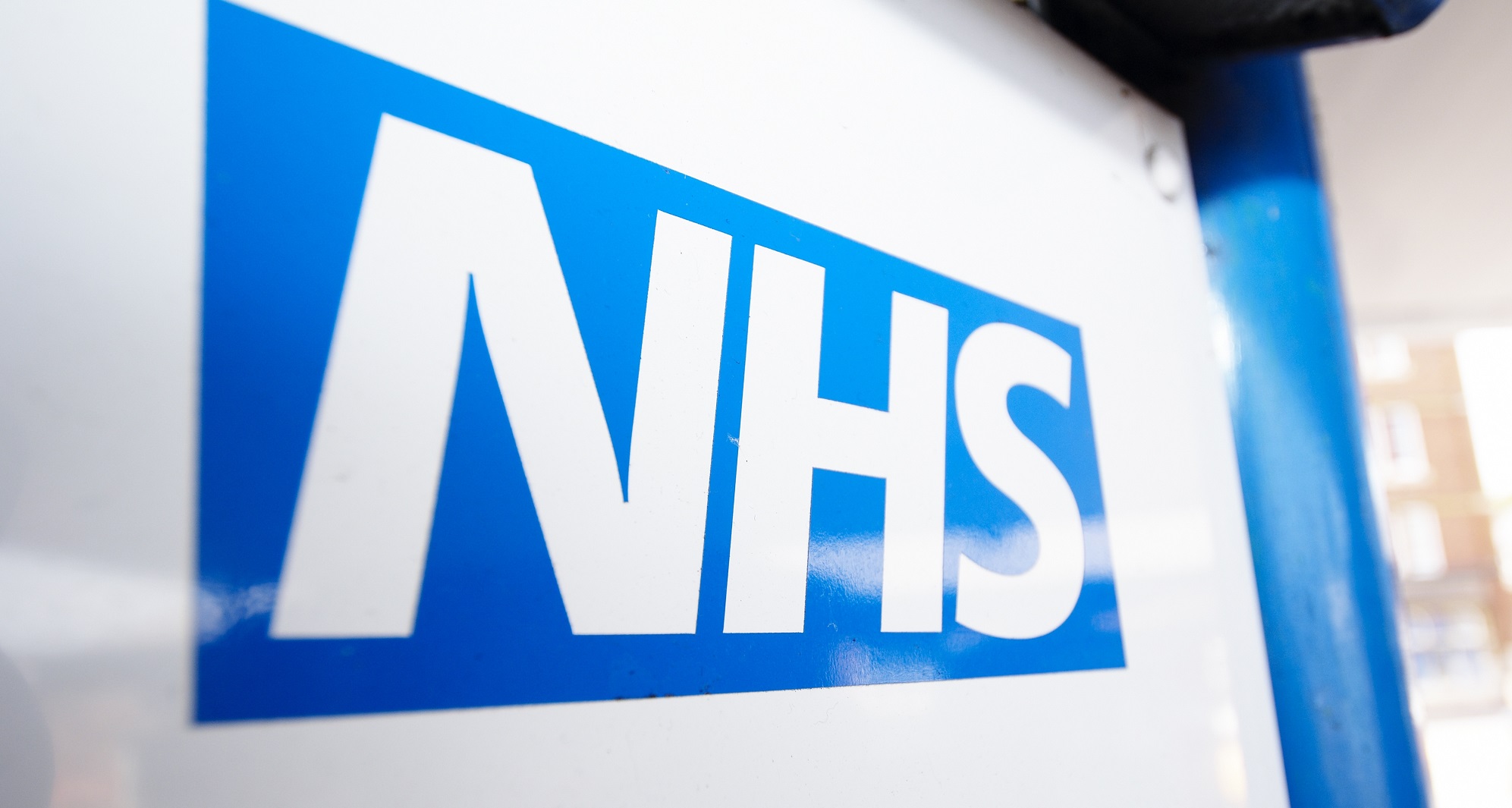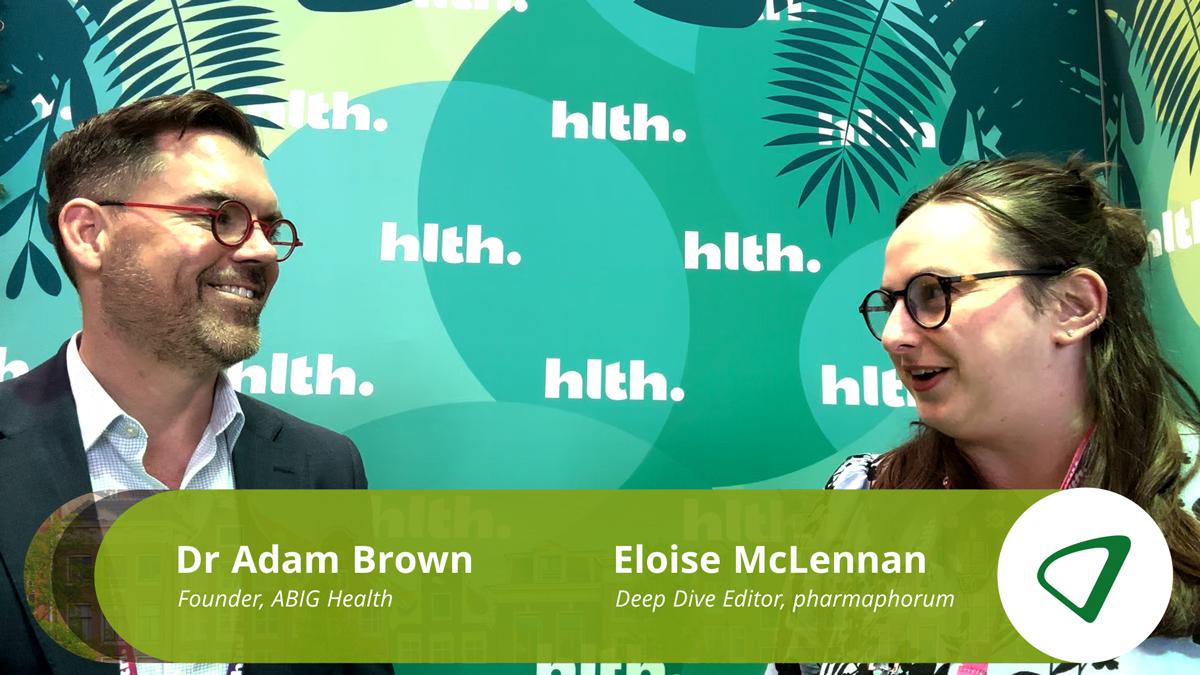Healthcare perspectives: promoting innovation in the NHS

pharmaphorum spoke to Tom Lindley, the head of Commercial Development at Yorkshire and Humber Academic Health Science Network, about the organisation and how it is pushing forward innovation in the NHS.
Tell us about the Yorkshire and Humber Academic Health Science Network (AHSN); why was it set up and what are its long-term goals?
The Yorkshire and Humber Academic Health Science Network (AHSN) is one of 15 AHSNs across the country. We cover one of the largest geographic areas, working with NHS commissioners and providers, industry, academic universities, as well as third sector and voluntary organisations and local authorities.
The idea behind the AHSNs is to support NHS organisations and the wider healthcare community in improving the adoption of innovation at pace and scale, to improve outcomes and quality of care for patients.
Through the remit the AHSNs are given by NHS England we also have a role to play in driving economic growth, supporting the UK healthcare economy to flourish and become more efficient.
What are some of the biggest obstacles to the uptake of innovation in the NHS?
When the 'Innovation Health and Wealth' report was published, as well as making the recommendation to establish the series of AHSNs we have now, it highlighted some of the main, system-wide barriers to innovation across the NHS. They included poor access to, and use of, evidence data and robust metrics to measure what we're doing. The Yorkshire & Humber AHSN is trying to address this though, by assisting in providing a platform for pilot programmes where data can be documented for case study purposes.
"Whenever we think of innovative organisations we think of Google, Samsung, Apple, or some of the big pharma companies, and we forget how fantastic the NHS is"
There's insufficient recognition and celebration of innovation and innovators and the work that they do to make the NHS the best it can be. Whenever we think of innovative organisations we think of Google, Samsung, Apple, or some of the big pharma companies, and we forget how fantastic the NHS is, and what an amazing track record of innovation it has.
We know also that financial levers are a barrier to innovation and ensuring innovators have the right support in breaking down financial barriers is vital. Healthcare commissioners often lack the tools and the capability to drive innovation, and our leadership culture to support it can be inconsistent. We have such a focus on operational and regulatory targets that it doesn't always allow us to look at things from outside the box and see how we could do things differently to still meet those targets but reduce the amount we're spending on reaching them and improve the consistency in meeting them and even surpassing them.
Historically we haven't had effective and systematic architecture to support innovation delivery and that's something that the AHSNs are designed to do.
How do you bring together all the different stakeholders to improve healthcare?
We have to be creative and use our platform as a network to make this happen. We bring together people from across the region, working with everyone from executive board members, to patients and frontline staff. We hold events in partnership with key stakeholders, such as the universities, organisations like Medilink [specialist business consultancy] and other industry representatives.
We also have targeted approaches to get the best people we know from across the region and nationally together. Core metrics set by NHS England and other key partners outline what they expect of us and that helps drive how we bring together the key parties.
As an AHSN our role is either to facilitate the creation of new relationships and adoption of projects directly, or act as a signposting mechanism and advice provider. It's about getting the right people in the right place at the right time to do the right job.
What is the 'dividend' for the NHS in terms of uptake in innovation?
Innovation helps to improve patient care and can create more cost-effective methods of providing that care. Technological advancements have enabled the NHS and healthcare-related organisations to engage with patients, to bring patient communities together, to share learning, knowledge and experiences.
Innovation is bringing in new technologies, new ways of working more quickly and efficiently, providing more effective care in a timely manner, reducing the number of touch points a patient requires with the healthcare system (without reducing the quality of service), reducing the pressure on secondary care services and providing it in a community environment that is more comfortable for the patient.
"Nobody wants to be in hospital and if we can use innovation to help keep people out of hospital, then that's one of the best outcomes we can hope for"
Nobody wants to be in hospital and if we can use innovation to help keep people out of hospital, then that's one of the best outcomes we can hope for.
Surely the NHS is struggling to cope with existing demand, and can't divert resources on these long-term projects?
There's a famous quote: 'if we always do what we've always done, we'll always get what we've always got', so we need to think creatively, to think differently about how we address current healthcare demands.
Investing resource into areas that will promote the adoption and spread of innovation at pace and at scale will have a huge impact on NHS sustainability long-term.
What kind of myths about the uptake of innovation within the NHS are there, both in the health service and in other places, such as the pharma industry?
One myth around innovation is that it needs to be something huge, like the next iPod or Google – a big piece of technology. But innovation is not necessarily about that; it is about taking something you already do and thinking about creative ways to do it differently to get a better outcome. So it doesn't have to be a medical technology product or a specific device. It can be development of a new pathway, or bringing together new partnerships, or creating new ways of working.
We've got some fantastic innovators across the NHS, and there is a myth that innovation in healthcare only comes from outside the NHS. Yes, the industry, particularly pharma, has been responsible for some fantastic innovations over the years and continues to drive innovation through significant investment in R&D, but every day within the NHS, clinicians are saying 'I've got this idea, I've got this product, I've got this solution. How do I get it rolled out? How do I develop a pathway that can be taken by other NHS providers and commissioners and implemented across the country or across the region?'
How are you approaching partnerships with the pharmaceutical industry?
We are growing our partnerships with the pharma industry in numerous ways. We continue to support NHS England with its Industry Council. We engage actively with organisations like the ABPI [Association of the British Pharmaceutical Industry], and work frequently with pharmaceutical companies to look at how we can match their expertise, experience and skillsets with those in the NHS and bring them together to create opportunities. If pharmaceutical companies are actively investing so much money and time into research and development, we have a responsibility to support their efforts to bring their products to the NHS to ensure that we're getting the best possible outcome for our patients, and we do that through networks, relationship building, through supporting pharma organisations, and coming up with creative ways in which they can engage with clinical commissioners, patients, NHS providers.
You started your NHS career as a mental health nurse. How has that experience influenced you today?
It keeps me very grounded. It can be very comfortable sat in an office as opposed to being on a ward in an emergency situation. Everything I do, despite the fact that I'm not working on a ward in a clinical environment 24/7, is to improve patient care and delivery in the most efficient manner.
I'm very proud of the NHS and what it stands for, and we want to do everything we can to make sure that the NHS continues to be free at the point of need, gives our population the best possible healthcare in the world and, ultimately, gets the best possible value for taxpayers' money.
How does the AHSN evaluate innovation, both before adoption and after its implementation?
There's a range of criteria that we apply and it depends very much on what the innovation is. Obviously, cost-benefit and how the innovation fits in to the current system and the effect it has on the health economics of the region, or of the nation, are very important. We assess whether the effort invested in it would produce proportionate results and whether it is going to be a valuable use of resources.
We look at the impact that it's going to have on patients, clinicians and healthcare providers who will use it.
For example we're working with an organisation called RD Biomed in Hull that has produced a diagnostic test for the detection of pepsin. It helps identify whether or not a patient is in need of an endoscopy or further secondary care interventions from a consultant or whether it's sufficient for them to have primary care intervention out of hospital. It's far cheaper, potentially reduces cost to the NHS and allows us to treat that patient quicker in certain environments.
So in this case we looked at cost, the outcome for the patient and the ease of use and now we're working with Hull CCG and the company to get that product to the front line as soon as possible.
Before we'd roll it out across a wider area, we'd test outcomes regionally. If they proved positive then we'd draw upon our networks, work with people like NICE, other commissioners and providers in the region and support the company to scale it up from that.
About the interviewee:
Tom Lindley is head of commercial development at Yorkshire and Humber Academic Health Science Network.
Have your say: Have you seen the effects of innovation in the NHS?
Read more on the work of the AHSNs:











